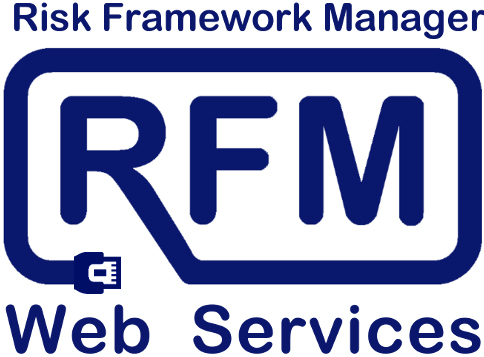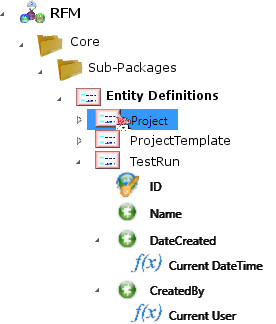 | A brief introduction to World ModelerTM |
| ModelRoot This is the root element of the model. It stores the name of the model. The ModelRoot contains a single Package (see below) referred to as the Root Package, under which the rest of the model is contained. | |||||||||
 |
Package Packages contain other model elements (including sub-packages) and behave the same way as folders or directories in a file system(as the image sugests). The name of each Package must be unique among the sub-packages owned by the same parent Package. | ||||||||
| EntityDefinition EntityDefinitions play the same role in World Modeler models as classes do in object-oriented design, or tables in relational databases. That is, they represent a logical object whose properties are stored as an un-ordered list of attributes (see below), or columns. Note that we use Entity Definition to refer to the logical structure of type of entity, and Entity Instance to refer to a data record (a set of n values, where the ith value corresponds to the ithattribute). | |||||||||
| AttributeDefinition AttributeDefinitions define the individual properties of each EntityDefinition, just as columns define the values stored in each row of a database table. However, in a World-Modeler model, the value of an Attribute can be set either by direct assignment, or by defining a Formula that sets the value of the Attribute it belongs to in each instance of the attribute's parent Entity every time the model is run. Note that (i) Attributes can be of any type (integer, real/float/double/decimal, string, date, date-time, reference to another entity, array, table, etc.), and (ii), that one or more Attributes may be nominated as the key for the Entity to which they belong. This has the same meaning as a key column in a relational database. | |||||||||
| Formula Each AttributeDefinition (see above) may contain one or more Formulas that are run a certain times as the model executes to define the value of their parent Attribute. For example, if a formula contains the expression Base + 4, then the Attribute it belongs to will be set to the current value of the Attribute named Base with 4 added. Source-code expressions like this are just one of four possible ways the value calculated by a formula can be specified. The complete list of these is given below.
|
